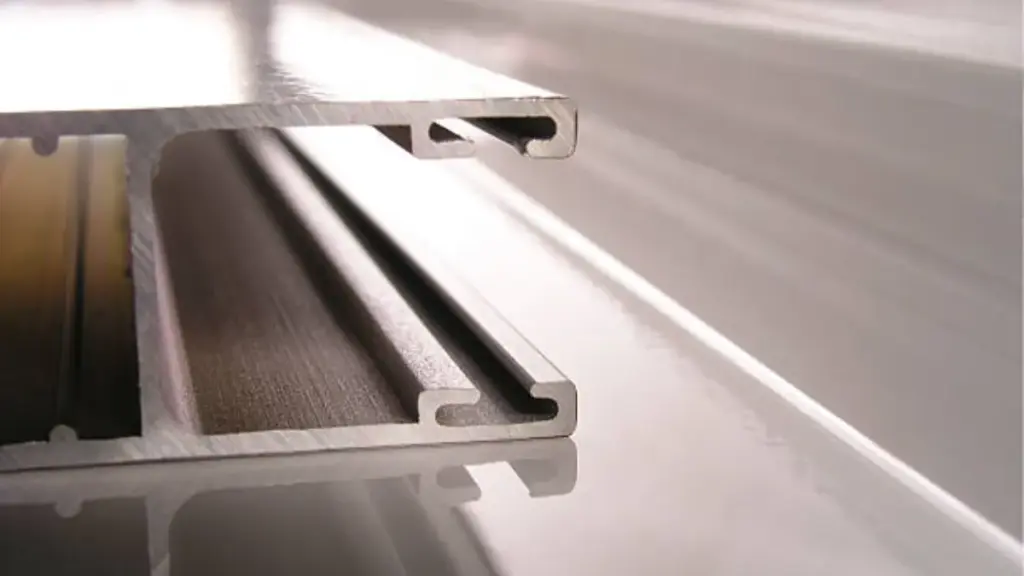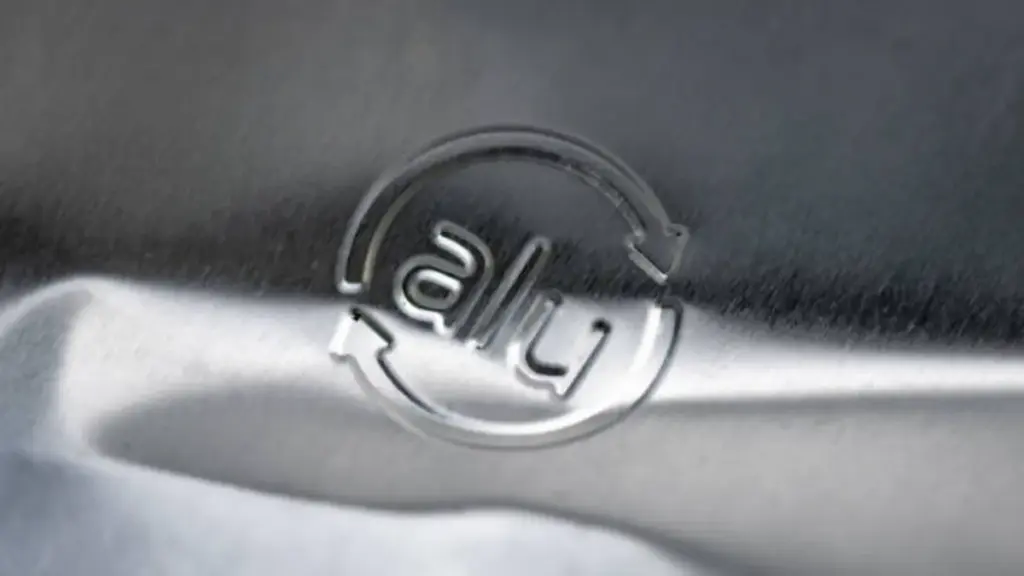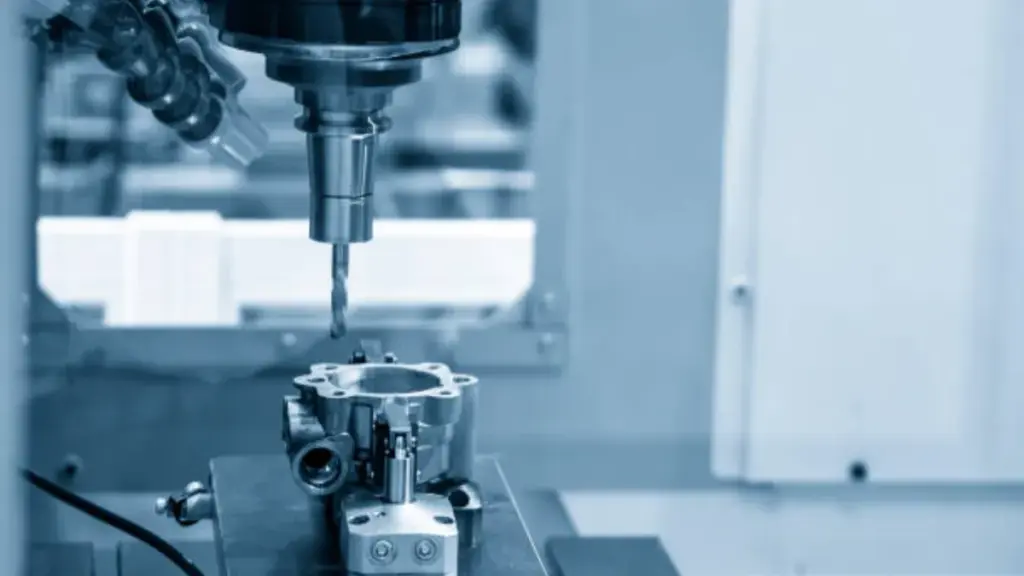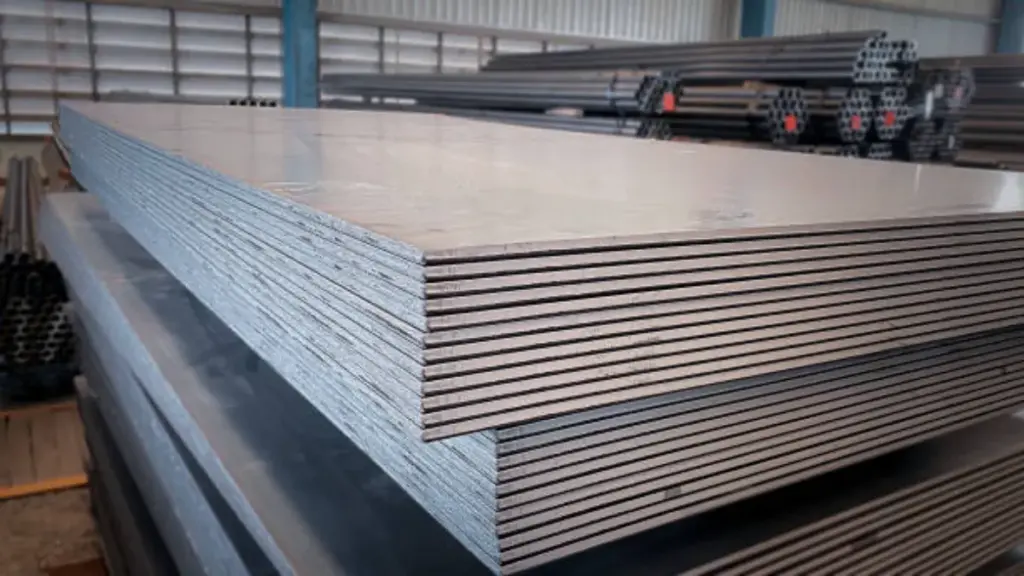주조 공정은 수세기 동안 제조 산업에서 매우 중요했습니다., 복잡하고 난해한 금속 부품 제작 가능. 사형주조부터 정밀주조까지, 다양한 산업 분야에서 고품질 주조 부품을 생산하는 데 사용되는 다양한 방법이 있습니다.. 이 기사에서는, 우리는 탐구할 것이다 11 다양한 유형의 주조 공정, 각 방법의 장점과 단점에 대한 통찰력 제공.
표 비교 11 주조 공정의 유형
| 주조 공정 | 생산량 | 재료 적합성 | 비용 |
| 모래 주조 | 낮음에서 높음 | 변하기 쉬운 | 낮은 |
| 다이 캐스팅 | 높은 | 알류미늄, 아연 | 높은 |
| 투자 주조 | 낮음에서 중간까지 | 강철, 알류미늄 | 높은 |
| 중력 다이 캐스팅 | 중간에서 높음 | 알류미늄, 구리 | 보통의 |
| 진공 주조 | 낮음에서 중간까지 | 복잡한 부품 | 높은 |
| 연속 주조 | 높은 | 강철, 알류미늄 | 높은 |
| 쉘 몰딩 | 중간에서 높음 | 알류미늄, 구리 | 보통의 |
| 로스트폼 주조 | 낮음에서 중간까지 | 알류미늄, 철 | 보통의 |
| 원심주조 | 낮음에서 중간까지 | 원통형 부품 | 보통의 |
| 영구 금형 주조 | 중간에서 높음 | 알류미늄, 마그네슘 | 높은 |
| 스퀴즈 다이 캐스팅 | 높은 | 벽이 얇은 부품 | 보통의 |
모래 주조
샌드 캐스팅이란??
샌드 캐스팅은 업계에서 가장 오래되고 가장 널리 사용되는 주조 공정 중 하나입니다.. 모래로 주형을 만드는 일이 포함됩니다., 용융된 금속을 부어 원하는 모양을 만드는 장치. 금속이 굳어지면, 모래 주형이 분해되어 최종 부분이 드러납니다..
모래 주조의 장점과 단점
샌드 캐스팅의 주요 장점 중 하나는 다양성입니다., 대량생산이 가능해짐, 상대적으로 낮은 툴링 비용으로 복잡한 부품. 하지만, 모래 주조는 시간이 많이 걸릴 수 있으며 다른 주조 방법에 비해 치수 정확도가 낮을 수 있습니다..
다이 캐스팅

다이캐스팅이란??
다이캐스팅 용융된 금속을 강철 주형에 주입하는 금속 주조 공정입니다., 죽이라고 알려진. 이러한 유형의 금속 주조는 우수한 표면 조도와 치수 정확도를 갖춘 대량 부품 생산에 널리 사용됩니다., ~와 같은 자동 부품, 조명 부품 그리고 전자 부품.
다이캐스팅의 장점과 단점
다이 캐스팅은 높은 생산 속도와 엄격한 공차를 제공합니다., 대량 생산에 이상적. 하지만, 초기 툴링 비용이 상당할 수 있습니다., 다이캐스팅은 모든 유형의 합금에 적합하지 않을 수 있습니다.. 더 자세히 알아보려면, 우리를 참조 다이캐스팅 가이드.
투자 주조
투자 주조란 무엇입니까??
투자 주조, 분실된 왁스 주조라고도 알려져 있음, 왁스 패턴을 만드는 과정입니다., 세라믹으로 코팅해서, 그런 다음 왁스를 녹여 틀을 만듭니다.. 그런 다음 용융된 금속을 세라믹 주형에 부어 최종 부품을 생산합니다..
매몰주조의 장점과 단점
인베스트먼트 주조를 통해 높은 정확도와 매끄러운 표면 마감으로 복잡한 부품을 생산할 수 있습니다.. 하지만, 비용과 시간이 많이 소요될 수 있습니다., 중소 규모 생산에 더 적합합니다..
중력 다이 캐스팅
중력 다이캐스팅이란??
중력 다이캐스팅은 중력 압력 하에서 부품을 생산하기 위해 금속으로 만든 영구 주형을 사용하는 오랜 시간에 걸쳐 테스트된 금속 공정 주조입니다.. 이 금속 주조 방법은 종종 대형 제품을 생산하는 데 사용됩니다., 구조적 완전성이 높은 대칭 부품.
중력 다이캐스팅의 장점과 단점
중력 다이캐스팅은 탁월한 치수 정확도와 기계적 특성을 제공합니다., 고강도 응용 분야에 적합하게 만듭니다.. 하지만, 초기 툴링 비용이 높을 수 있음, 소규모 생산에는 프로세스가 비용 효율적이지 않을 수 있습니다..
진공 주조
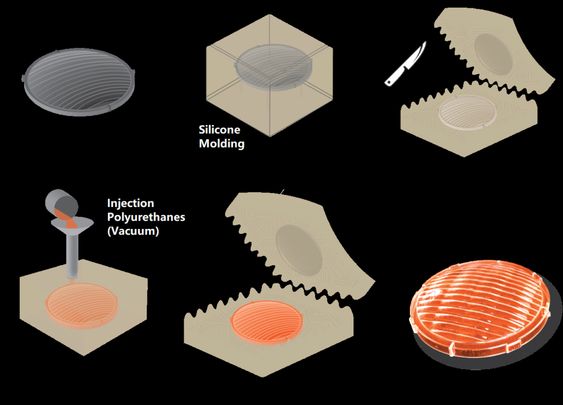
진공 주조란??
진공 주조는 진공을 사용하여 용융 금속을 금형 캐비티로 끌어들이는 정밀 주조의 변형입니다.. 이 방법은 복잡한 디테일과 얇은 벽을 가진 부품을 생산하는 데 자주 사용됩니다..
진공 주조의 장점과 단점
진공 주조로 높은 정밀도와 표면 마감 제공, 공차가 엄격한 복잡한 부품을 생산하는 데 이상적입니다.. 하지만, 그 과정은 비용이 많이 들 수 있다, 최종 부품의 기공 위험은 다른 주조 방법에 비해 높을 수 있습니다..
연속 주조
연속주조란 무엇인가?
연속주조는 긴 제품을 생산하는 데 사용되는 방법입니다., 수냉식 주형에 용융 금속을 부어 연속적인 길이의 금속을 만드는 방법. 이 공정은 일반적으로 강철 및 알루미늄 빌렛을 생산하는 데 사용됩니다., 석판, 그리고 막대.
연속 주조의 장점과 단점
연속 주조는 최종 제품의 높은 생산 속도와 향상된 기계적 특성을 제공합니다.. 하지만, 이 공정에는 특수 장비가 필요하며 모든 유형의 금속 및 합금에 적합하지 않을 수 있습니다..
쉘 몰딩
쉘 몰딩이란??
쉘 몰딩, 쉘 캐스팅이라고도 알려져 있음, 수지 코팅된 모래 껍질을 사용하여 금형 캐비티를 만드는 공정입니다.. 그런 다음 용융된 금속을 금형에 부어 최종 부품을 생산합니다., 뛰어난 표면 조도와 치수 정확도를 제공하는 쉘 포함.
쉘 성형의 장점과 단점
쉘 성형은 높은 생산 속도를 제공하고 복잡한 형상의 부품을 생산할 수 있습니다.. 하지만, 다른 주조 방법에 비해 추가 단계가 필요할 수 있습니다., 툴링 비용이 더 높을 수 있습니다..
로스트폼 주조
로스트폼 캐스팅이란??
로스트폼 주조(Lost-foam casting)는 내화물로 코팅된 폼 패턴을 사용하여 금형을 만드는 공정입니다.. 쇳물을 틀에 부으면, 거품 패턴이 기화됩니다, 마지막 부분을 남기고.
로스트 폼 캐스팅의 장점과 단점
로스트 폼 주조를 통해 공차가 엄격하고 가공 요구 사항이 최소화된 복잡한 부품 생산이 가능합니다.. 하지만, 이 프로세스는 비용이 많이 들고 부품 크기 및 재료 호환성 측면에서 제한이 있을 수 있습니다..
원심주조
원심주조란??
원심주조는 회전하는 주형에 용융된 금속을 부어 원통형 부품을 생산하는 방법이다.. 원심력은 금속을 고르게 분포시키는 데 도움이 됩니다., 밀도가 높고 기계적 특성이 우수한 부품을 생산합니다..
원심 주조의 장점과 단점
원심 주조는 높은 주조 금속 품질을 제공하며 벽 두께가 균일한 중공 부품을 생산하는 데 매우 적합합니다.. 하지만, 프로세스는 특정 부품 형상으로 제한될 수 있습니다., 다른 주조 방법에 비해 툴링 비용이 높을 수 있습니다..
영구 금형 주조
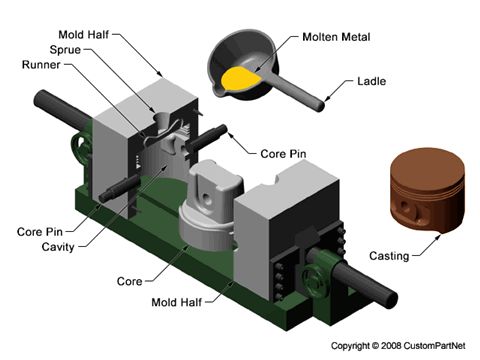
영구주형주조란??
영구주형주조, 중력 다이캐스팅이라고도 함, 부품을 생산하기 위해 재사용 가능한 금속 금형을 사용하는 것과 관련됩니다.. 용융된 금속이 금형 캐비티에 부어집니다., 최종 부품을 만들기 위해 굳어지는 곳.
영구주형주조의 장점과 단점
영구 주형 주조로 높은 생산성과 뛰어난 표면 조도 제공, 공차가 엄격한 고품질 부품을 생산하는 데 이상적입니다.. 하지만, 초기 툴링 비용이 상당할 수 있습니다., 이 공정은 모든 유형의 합금에 적합하지 않을 수 있습니다..
스퀴즈 다이 캐스팅
스퀴즈 다이 캐스팅이란??
스퀴즈 다이 캐스팅은 금형 캐비티를 완전히 채우기 위해 용융 금속에 추가 압력을 가하는 다이 캐스팅 공정의 변형입니다.. 이 방법은 벽이 얇고 세부 사항이 복잡한 부품을 생산하는 데 자주 사용됩니다..
스퀴즈 다이 캐스팅의 장점과 단점
스퀴즈 다이캐스팅은 향상된 부품 밀도와 감소된 다공성을 제공합니다., 그 결과 더 높은 강도와 내구성을 갖춘 부품이 탄생합니다.. 하지만, 이 공정은 전통적인 다이캐스팅 방법에 비해 더 비싸고 복잡할 수 있습니다..
캐스팅이란 무엇입니까??
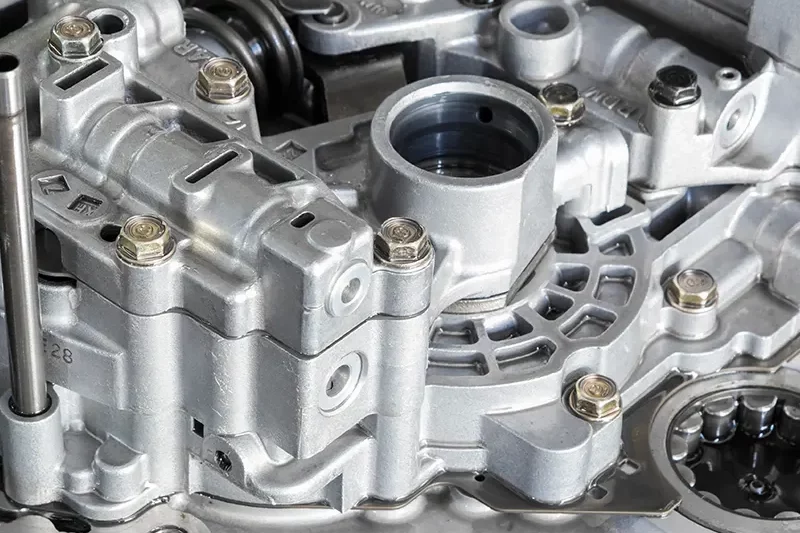
주조는 용융된 금속을 주형에 부어 특정 모양이나 형태를 만드는 제조 공정입니다.. 이 방법은 다양한 산업 분야에서 널리 사용됩니다., 자동차를 포함한, 항공우주, 그리고 건설, 복잡한 형상과 우수한 기계적 특성을 지닌 부품 생산.
캐스팅은 어떻게 작동하나요??
주조 작업은 최종 부품의 원하는 모양과 일치하는 금형을 만드는 방식으로 이루어집니다.. 그런 다음 용융된 금속을 금형 캐비티에 붓습니다., 완성된 부품을 형성하기 위해 응고되는 곳. 금속이 냉각되어 굳어지면, 곰팡이가 제거되었습니다, 캐스트 부분을 남겨두고.
주조에 사용되는 재료는 무엇입니까?
주조에 사용되는 재료는 생산되는 부품의 특정 공정 및 요구 사항에 따라 달라질 수 있습니다.. 주조에 사용되는 일반적인 재료는 다음과 같습니다. 알류미늄, 강철, 철, 놋쇠, 그리고 구리, 무엇보다도. 각 재료는 다양한 응용 분야에 고유한 특성과 장점을 제공합니다..
주조 공정 유형을 선택하는 방법?
다음 중 올바른 유형의 주조 공정을 선택할 때 11 다양한 유형의 금속 주조 옵션, 고려해야 할 몇 가지 주요 요소가 있습니다. 다음은 명심해야 할 몇 가지 중요한 사항입니다.:
- 부품 복잡성: 생산해야 하는 부품의 복잡성을 고려하십시오.. 일부 주조 공정, 매몰주조, 정밀주조 등, 복잡하고 세부적인 부품에 더 적합합니다., 다른 사람들은 동안, 모래주물처럼, 단순한 모양에 더 적합할 수 있습니다..
- 생산량: 생산에 필요한 부품의 양을 생각해 보세요.. 대량 생산 실행용, 다이캐스팅 및 영구 주형 주조와 같은 공정은 높은 생산 속도와 효율성으로 인해 이상적입니다..
- 자재 요구 사항: 부품에 사용할 금속 또는 합금 유형을 고려하십시오.. 특정 주조 공정은 특정 재료에 더 적합할 수 있습니다.. 예를 들어, 원심 주조는 강철 및 알루미늄과 같은 금속으로 원통형 부품을 생산하는 데 자주 사용됩니다..
- 비용 제약: 초기 툴링 비용 평가, 생산 비용, 및 각 주조 공정과 관련된 전체 비용. 일부 방법에는 더 높은 초기 투자가 필요할 수 있습니다., 그러나 생산 효율성과 부품 품질 측면에서 장기적인 비용 절감 효과를 제공합니다..
- 품질 관리: 부품에 필요한 정밀도 및 품질 관리 수준을 고려하십시오.. 정밀 주조 및 쉘 성형과 같은 공정은 높은 치수 정확도와 표면 마감을 제공합니다., 우수한 품질 표준을 요구하는 중요한 응용 분야에 적합합니다..
올바른 주조 제조업체 선택
최종 부품의 품질과 일관성을 보장하려면 올바른 주조 제조업체를 선택하는 것이 중요합니다.. 선택할 때 고려해야 할 요소 믿을 수 있는 주물 제조사 자신의 경험을 포함, 능력, 품질 관리 프로세스, 생산 기한을 맞추는 능력. 주조 공정 전반에 걸쳐 지침과 지원을 제공할 수 있는 평판이 좋은 제조업체와 긴밀히 협력하는 것이 좋습니다..
결론
결론적으로, 복잡한 형상과 우수한 기계적 특성을 지닌 고품질 금속 부품을 생산하는 데 사용할 수 있는 다양한 유형의 주조 공정이 있습니다.. 사형주조부터 정밀주조까지, 각 방법은 가장 적합한 프로세스를 선택하기 전에 주의 깊게 평가해야 하는 고유한 장점과 단점을 제공합니다.. 다양한 주조 기술을 이해하고 부품 복잡성과 같은 요소를 고려함으로써, 생산량, 및 재료 요구 사항, 제조업체는 특정 요구 사항을 충족하고 최적의 결과를 달성하기 위해 올바른 주조 공정을 선택할 수 있습니다..


